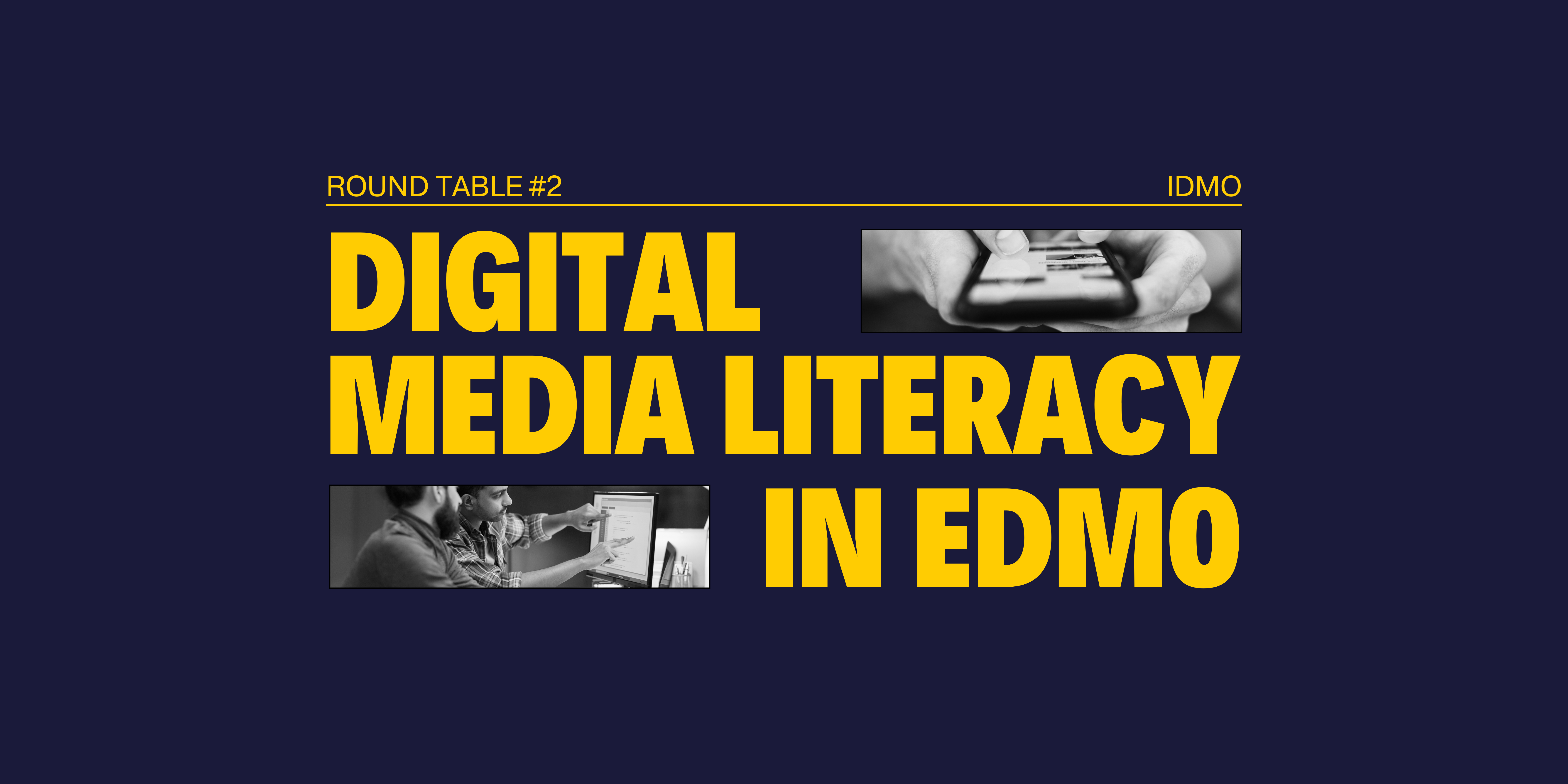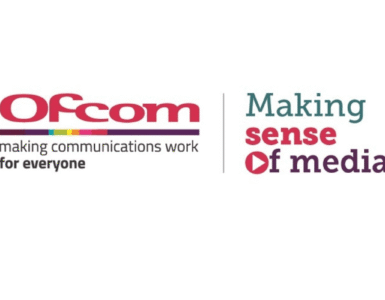This interview is part of the ”Digital Media Literacy in EDMO Round Table’‘ interview series that is published every month to highlight the work of the 14 EDMO hubs.
IDMO – Italian Digital Media Observatory
Gian Marco Passerini, Communication Manager, IDMO – Luiss Data Lab – Zeta Luiss, Italy
Can you give us an update on your media literacy activities since our last interview?
Since our last interview, IDMO has made a lot of progress. We concluded our first cycle of the project and launched the second phase on May 1st. Despite the transition, our media literacy effort has been ongoing and has achieved important results. As we mentioned before, in May 2022, we had published a study titled “Media Literacy versus Fake News,” which explored innovative school experiences in media literacy. During these years, in IDMO’s activities Rai has produced five 30-minute episodes of the TV program “Invitation to Reading,” distributed across Rai Scuola, Rai3, and RaiPlay, reaching over 3.3 million contacts. One of the most important results achieve by IDMO is the “United Against Disinformation” Campaign: Three sets of ten one-minute videos designed to counter falsehoods, fake news, and conspiracy theories available in a box set on RaiPlay. The Rai campaign for IDMO concludes with record-breaking numbers: over 848 million contacts. Rai has created also special episodes of the TV program “Digital World” reaching over 3.5 million contacts. Rai has also conducted 29 webinars and online Q&A sessions with journalists, engaging over 4,500 students. There were also six local workshops to promote the use of IDMO tools among journalists and civil society.
In 2023, TIM updated its media literacy strategy for secondary school students and teachers to align with current trends in media communication. The revamped “Appointment with Digital Media” events included both in-person and digital formats, featuring guest speakers appealing to youth and emphasizing AI in media. Over nearly two years, TIM has engaged 60 institutions and over 18,000 participants, delivering 72,000 hours of media literacy training. In the Research field, the “Digital Media Literacy Gaps and Needs” research, conducted with Rai, T6 Ecosystems and Luiss, revealed critical insights. The survey included over 1,000 students and 325 teachers, highlighting that teachers perceive a higher level of misinformation compared to students. While students are confident in using digital tools, they are less confident in recognizing misinformation. Both groups feel more exposed to misinformation through social media than traditional media, with students preferring Instagram and TikTok and teachers Facebook. What emerged from this research is the need and demand for the introduction of the Media Educator figure in schools, which is currently not yet provided. Also, NewsGuard has extended its media literacy resources to over 800 public libraries globally, providing a browser extension and conducting media literacy classes and seminars for high school and college students throughout Italy. Our continuous efforts reflect our commitment to enhancing media literacy and combating misinformation.
How do you define what constitutes an effective media literacy initiative in your context?
In our context, an effective media literacy initiative is defined by several key components:
Reach: The initiative must effectively engage its target audience such as students and teachers and reach a wide demographic through accessible platforms such as TV, webinars, and social media.
Relevance and Currency: Content should be up to date, addressing current trends and issues in media literacy, such as misinformation, digital tools usage, and the impact of AI, deepfake and real time issues.
Practical Impact: It should equip participants with practical skills to critically analyse and navigate digital media, thereby enhancing their ability to identify and counteract misinformation.
Collaboration: Partnering with educational institutions, media organizations, new media services, companies and other stakeholders to ensure comprehensive coverage and resource availability.
Feedback: Continuously gathering feedback from participants and stakeholders to adapt and improve the initiative, ensuring it remains effective and relevant.
Which groups do you target most often with your media literacy initiatives? (e.g. teachers, librarians, journalists, youth workers, young people, older people) What is the motivation for targeting these groups, and how do you reach them?
We primarily focus on four key groups with our media literacy initiatives: teachers and educators, students and young people, journalists, and the general public, including older individuals.
Teachers and Educators
Teachers are fundamental to our strategy because they play a crucial role in shaping the critical thinking skills of future generations. By equipping educators with robust media literacy skills, we can ensure that these skills are passed down to students. Our approach includes webinars, workshops, and comprehensive educational resources tailored to the needs of teachers. These sessions not only provide theoretical knowledge but also practical tools and strategies that teachers can use in their classrooms.
Students and Young People
Young people are among the most active users of digital media, making them particularly vulnerable to misinformation. Our goal is to help them become savvy consumers and producers of media. We engage this group through dynamic and interactive content such as TV pills, online series, and involving content creators. These programs are designed to be both educational and entertaining.
Journalists
Journalists are on the front lines of information dissemination and play a critical role in maintaining the integrity of news. By targeting journalists, we aim to uphold high standards of reporting and combat the spread of misinformation. We had created specialized workshops and training sessions that help journalists covering topics such as fact-checking and digital tools.
General Public and Older Individuals
The general public, especially older individuals, are often the most susceptible to misinformation. We reach this group through broad-reaching platforms like TV broadcasts and online campaigns, as well as community events such as workshops and interactive sessions.
Is there potential for collaboration with those outside civil society in your country? For example, with policymakers, regulatory authorities or the tech industry. If so, what form does such collaboration take
Yes, there is significant potential for collaboration with entities outside civil society in our country, particularly with policymakers, regulatory authorities, and the tech industry. One prominent example of this is our ongoing work on a Protocol of Understanding between IDMO and the Ministry of Education and Merit. This collaboration aims to integrate media literacy education into schools, building on insights from the “Media Literacy Gaps and Needs” research. By working together, we can ensure that media literacy becomes a fundamental part of the educational curriculum, equipping students with the necessary skills to navigate the digital world effectively. In today’s interconnected world, the challenge of navigating through a sea of information and misinformation is more critical than ever. Addressing this challenge requires a multifaceted approach that leverages collaboration across various sectors. Here are three essential forms of collaboration aimed at promoting media literacy and combating misinformation: Policy Integration, Regulatory Support and Partnerships between stakeholders. We are also working closely with European institutions such as the European Parliament in Italy and the Representation of the European Commission in Italy. Finally, we have recently collaborated with the Ministry of Foreign Affairs to distribute Rai’s “Pills against Disinformation” to all Italian embassies worldwide.
Where do you think the best opportunities lie for you going forward in promoting media literacy and tackling disinformation in your country/ies?
We are working closely with educational institutions to integrate media literacy programs into school curricula. This involves not only teaching critical thinking skills but also fostering an understanding of media ethics and the responsible consumption of information. As IDMO, we offer all the expertise of our consortium and individual partners. We believe that the impact of artificial intelligence is an element that needs to be further explored and explained to the new generations by fostering partnerships with organizations and institutions. Our partners are already working to create new educational materials for Media Literacy meetings and to establish working groups with Italian and European institutions led by the Luiss Data Lab. The goal is to meet the needs of the new generations by continuously monitoring disinformation narratives and attempts at foreign state influence.














